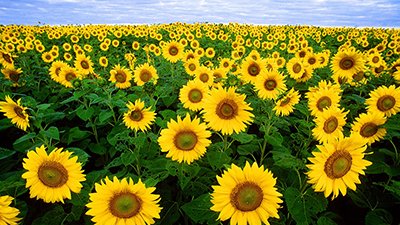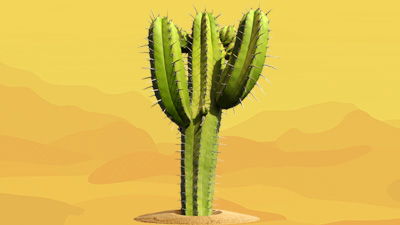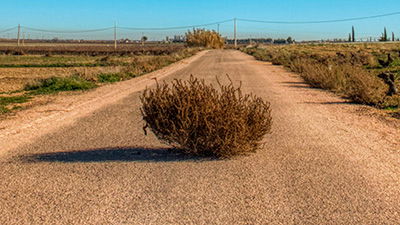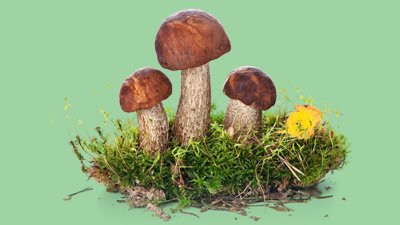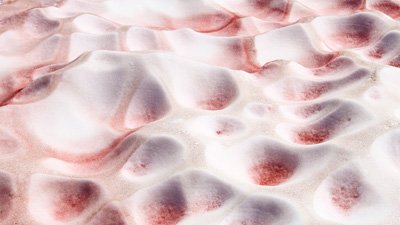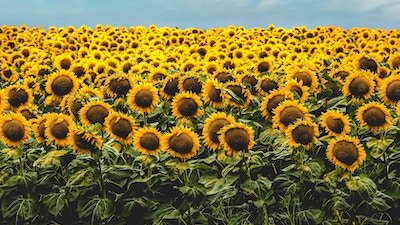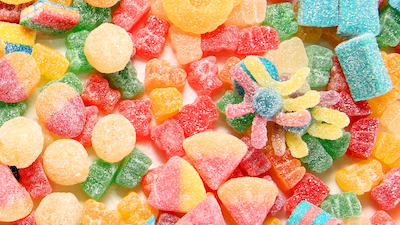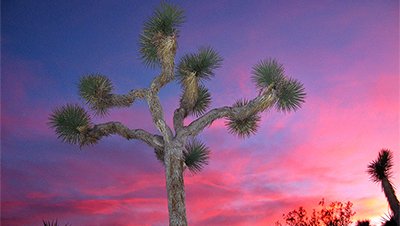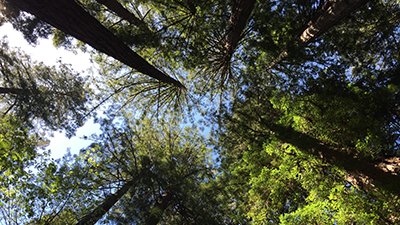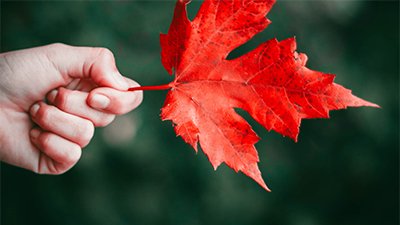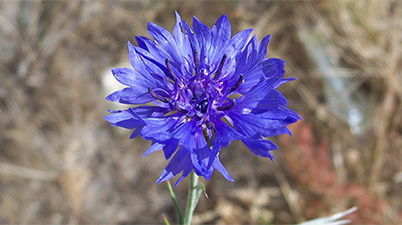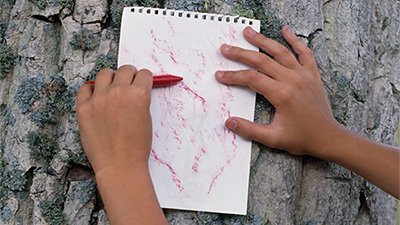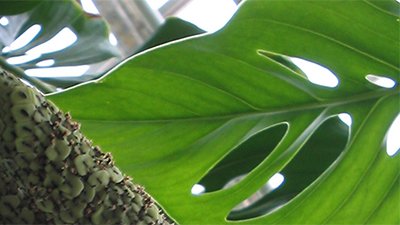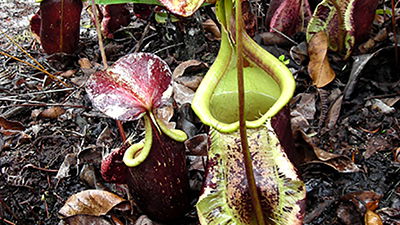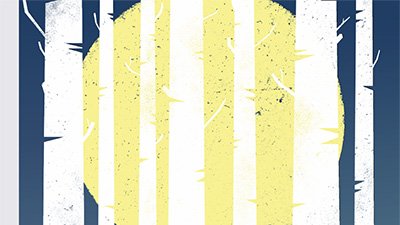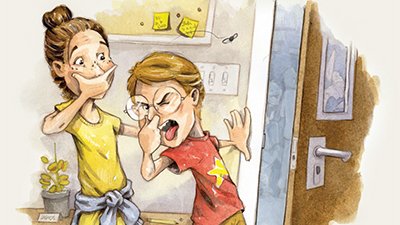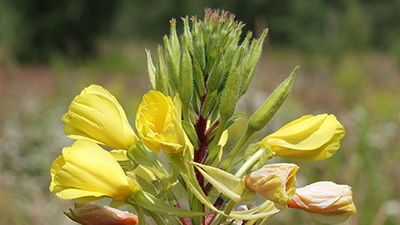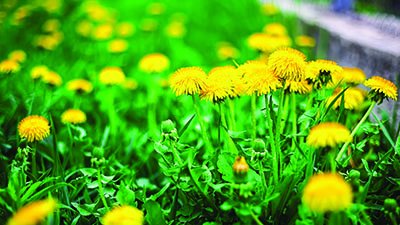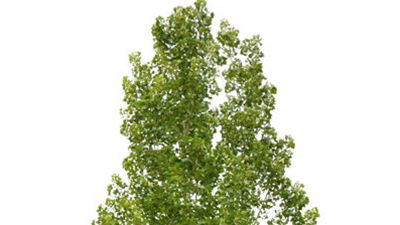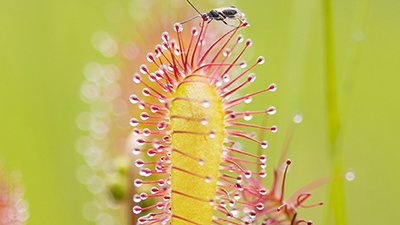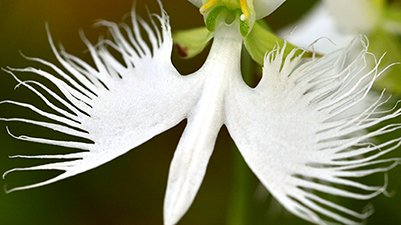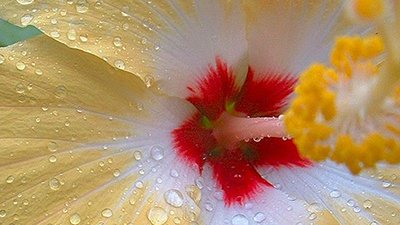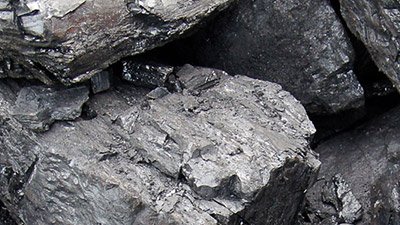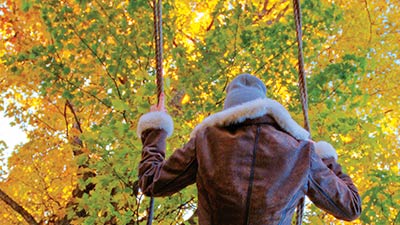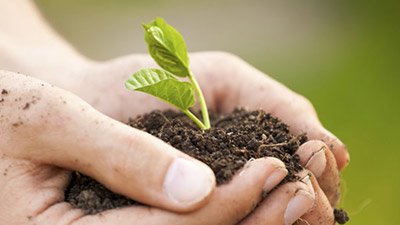Plants
Plants Articles
-
Oct. 1, 2024 from Kids Answers Magazine
Cactuses are a sharp reminder of God’s provision for plants that live in dry environments like the West.
-
Oct. 1, 2024 from Kids Answers Magazine
You might recognize tumbleweed as a plant in western movies. But did you know that a rolling tumbleweed is spreading seeds?
-
July 1, 2024 from Kids Answers Magazine
Fungi are not plants or animals—they belong to their own kingdom. God created fungi to help support all life on earth.
-
Jan. 1, 2024 from Kids Answers Magazine
It’s fun waking up to a sparkling white wonderland of snow. But sometimes snow comes in other colors—often thanks to algae.
-
Oct. 1, 2023 from Kids Answers Magazine
Learn facts about sunflowers!
-
July 1, 2023 from Kids Answers Magazine
Sometimes a sweet treat really hits the spot!
-
Oct. 1, 2022 from Kids Answers Magazine
What makes leaves turn color?
-
Oct. 1, 2022 from Kids Answers Magazine
Giant coastal redwoods remind us of our mighty God who created everything—from the smallest flower to the tallest tree.
-
Oct. 1, 2022 from Kids Answers Magazine
Have you ever wondered how water gets from a tree’s roots all the way up to the leaves?
-
July 1, 2022 from Kids Answers Magazine
When God made plants, including trees, on day three of creation week, he created them with everything they’d need to live.
-
April 1, 2022 from Kids Answers Magazine
God’s creativity and generosity show up all over the place, including in the plant kingdom.
-
July 1, 2021 from Kids Answers Magazine
We enjoy tasty flavors like vanilla and peppermint because of herbs.
PDF Download -
April 1, 2021 from Kids Answers Magazine
With one big puff of air, you can send dandelion seeds flying up to 500 miles away.
-
April 1, 2021 from Kids Answers Magazine
Because maples, oaks, willows, birches, palms, pines, and other trees are so common, it’s easy to overlook them.
-
Jan. 1, 2021 from Kids Answers Magazine
A mishap with the rare corpse flower reminds Eva and Andy of God’s perfect creation and the consequences of sin and death.
-
May 15, 2018 from God Thought of It First Cards
Lotus plants grow in ponds and rivers, which can be very muddy, but their leaves always look clean and shiny. Why is this?
-
May 15, 2018 from God Thought of It First Cards
Pulling the burrs of the burdock thistles off his clothes and his dog, George de Mestral wanted to understand how these burrs clung to his clothing and his dog's fur.
-
May 1, 2018 from Kids Answers Magazine
For some plants, the best nutrients aren’t always in the soil—but in juicy bugs.
-
May 1, 2018 from Kids Answers Magazine
Orchids are really strange flowers. How strange? Well, just look at some of the weirdest ones.
-
May 1, 2018 from Kids Answers Magazine
The Bible tells us God made plants on Day Three of the Creation Week. Some of these plants are really wacky in their wonderful way.
-
Jan. 16, 2017 from Museum Guide
Crude oils themselves do not take long to be generated from appropriate organic matter.
-
Aug. 8, 2016 from Museum Guide
In the beginning, God created plants for us and the animals to eat.
-
Aug. 1, 2016 from Museum Guide
It’s highly unlikely that any vegetation (other than seeds, spores, and floating mats of vegetation) would have survived the Flood.
-
July 25, 2016 from Museum Guide
Plants are able to transform sunlight, carbon dioxide, and water into energy in a marvelous process called photosynthesis.
-
The Wonders of CottonJuly 27, 2015
Would you like to explore some of the qualities of cotton first-hand by performing a fun experiment
- © 2024 Answers in Genesis
- Privacy Policy
- Contact
- About

